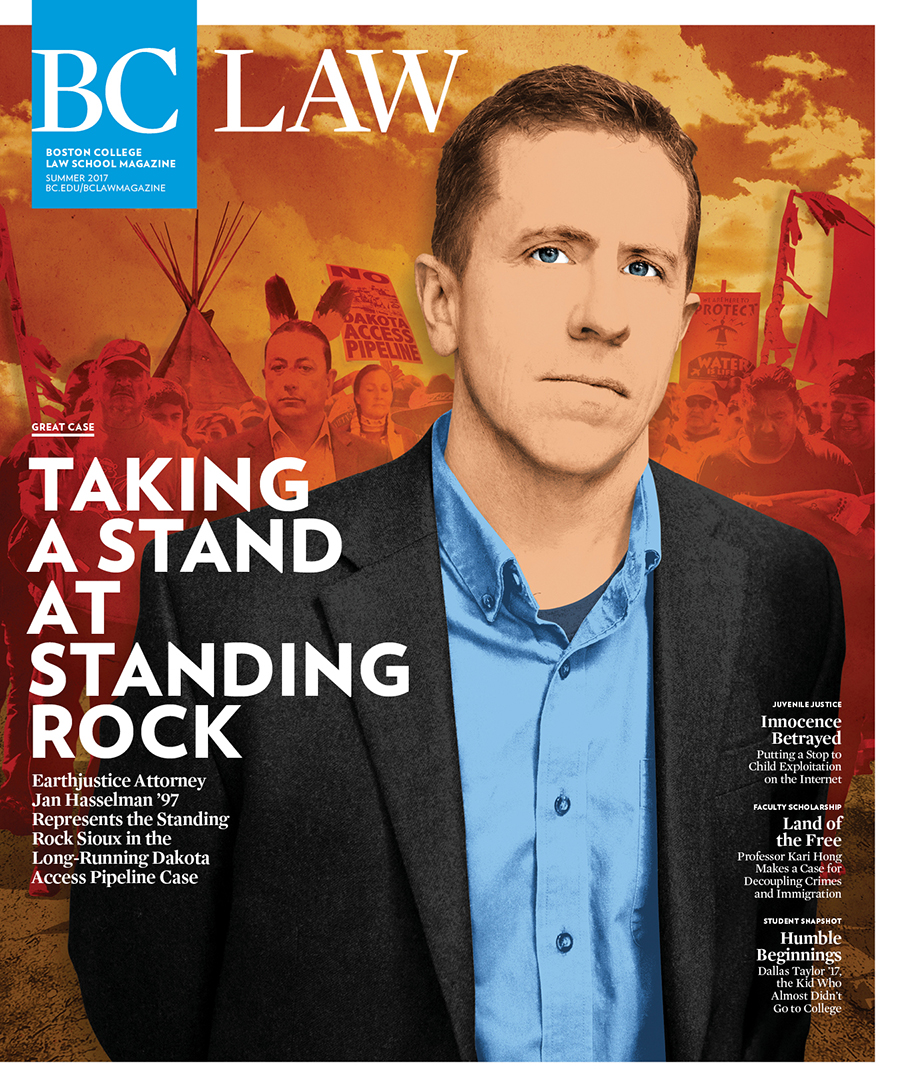Causation discussions abound in politics today. Does human activity cause global warming? Was the January 27 executive order caused by anti-Muslim sentiments? We speak in broad strokes in political discussions, but if these issues are part of a lawsuit, the causation issues become more focused. On this subject, torts may have something to teach constitutional law.
Torts is a right-of-passage for every first-year law student who confronts that surprisingly confusing concept of causation. We have high certitude about some causal links: Speeding drunk the wrong way down a highway causes an accident. But many of life’s events are not so clear. Did the toxic chemical cause the cancer, which also arises spontaneously? Did the absence of warning make a difference?
Tort law has come up with imperfect constructs to address this issue, developing doctrines that focus on cause in fact and proximate or “legal” cause—a recognition that sometimes the causal link is too far removed, or too uncertain, to impose legal responsibility. Tort law creates concepts like the aptly named “heeding presumption” that assumes that a person will read and consider a warning, so the burden shifts to defendant to rebut the presumption.
Certain activities create the factual confusion. If you have a .08 blood alcohol level and skid on ice, most fact-finders will assume that the alcohol made a difference even though non-drunk drivers also skid on ice. We may not “know” whether the wrongful conduct made a difference, but the burden of proof is more-likely-than-not and fact-finders don’t tend to give the wrongdoer a break. In other cases, there may be correlation but not causation. It is true that younger drivers have higher accident rates, but in our legal system, youth does not equal negligence.
The problems get messier when intent is involved. Bad intent might make an act unlawful (fired because of gender or race) but the same act taken with benign intent is OK (fired for bad performance). These cases are often complicated because intent involves, as one judge stated, “the messiest kind of fact-finding.”
When candidate Trump said he wanted to ban Muslims, can we link that statement to the later executive orders that limited entrance from certain Muslim-majority countries? It may be obvious to some that anti-Muslim sentiment caused the executive order. It may be obvious to others that immigration policy is within the broad purview of the president and campaign rhetoric provides no basis to infer intent behind an order drafted months later. Courts will assess whether the explanation is plausible or persuasive. In that process, they will decide what proxies, short-cuts, or heuristics they should apply. Strong deference to executive decision-making? Plain-language analysis? Correlation or causation?
While the stakes are high in the executive order challenges, the causation issue is surprisingly similar to a slip and fall. Did it happen because of some water or because the plaintiff was rushing while in heels, or a little bit of both? Both cases involve the causation conundrum.
Tort doctrine often resolves these cases by sending causation issues to the fact-finder. We recognize in torts that fact-finders are doing rough justice. Is it imperfect? Yes. Is rough justice sometimes the best we can do in our legal system? Yes.
We tend to think of constitutional law as always based on grand principals. But in this case, the grand principles (presidential discretion and national security in tension with non-discrimination principles) are going to turn on findings of fact. Con law—welcome to the world of torts. Good luck doing rough justice.



